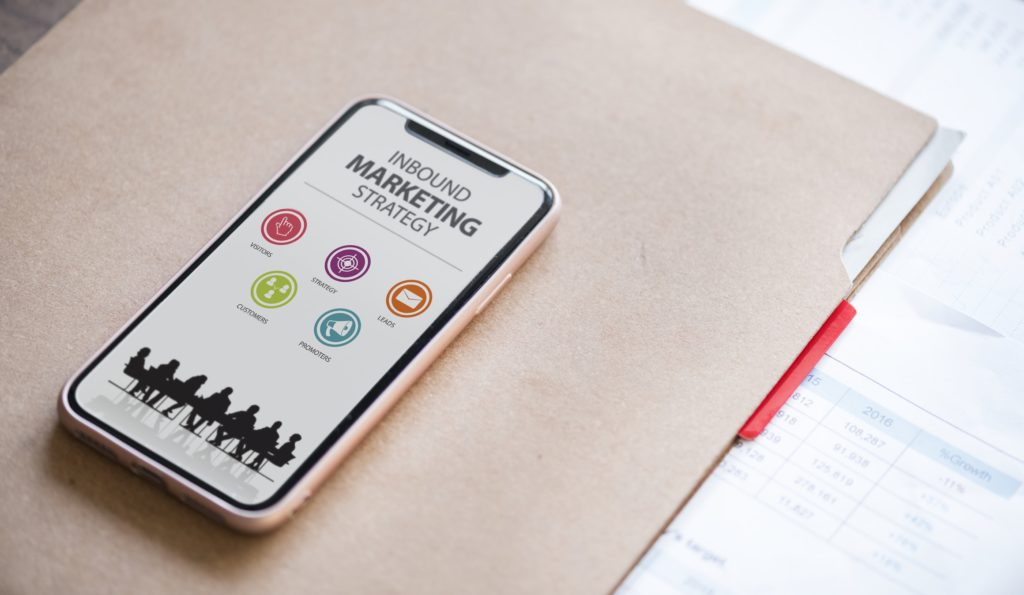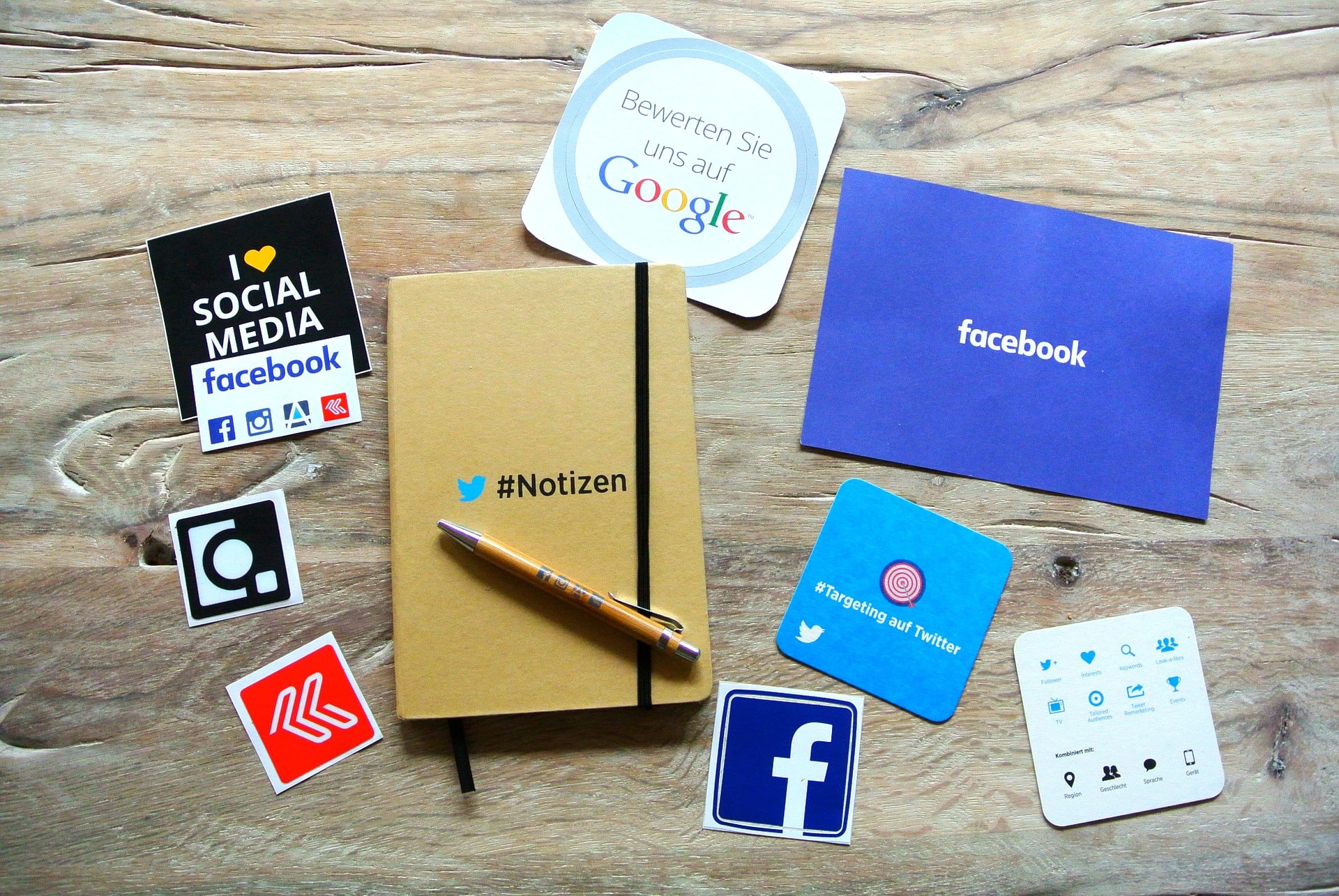Online marketing revolutionized the way businesses interact with their customers. Through the effective use of online marketing, you not only get access to a global audience, you also have the opportunity to engage with your customers and nurture long-term relationships with them.
Do take note that digital marketing is different from online marketing. Digital marketing is multi-disciplinary and is not limited to the use of internet to reach people. Online marketing is just one facet of digital marketing, and the terms are arguably not interchangeable. Digital marketing is the umbrella term many marketing gurus use, and online marketing is focused to the use of internet to promote your business.

Here are the different types of online marketing.
#1. Social Media Marketing
If you want to increase brand awareness and user engagement, your best bet should be on social media marketing. Everyone is on social media nowadays, although there had been a huge issue with Facebook recently, it is still growing its user database.
If you’re a fairly new company, one of the best ways to make a buzz is on Facebook.
With Facebook, you can be very specific when you run awareness ads. If you have a clear customer Avatar, you can set up an ad that targets according to the specific demographics of your Avatar. A good example of a clear customer avatar is: married women, ages 20-30, has kids, currently living in Oklahoma, an avid online shopper, and with an interest in bowling.
You can go as specific as this when you create a target audience on Facebook.
If this Facebook campaign is successful, you can then make look-alike audiences and run it in other countries.
A lot of brands integrate their social media marketing campaign with their other marketing efforts. You probably noticed a lot of Facebook ads that are giving away products or services for free in exchange for user emails. It takes a lot of time to grow an emailing list, so doing Facebook giveaways is one way to hack it.
It’s easy but it could also be a very expensive mistake, so plan out your marketing funnel. It pays to do your research first for each social media platform because not everything that works for Facebook could be as effective on Instagram and others.
#2. Email Marketing
A lot of marketers simply give up on email marketing because they mostly end up in trash before getting opened. However, it’s not because email marketing in itself is ineffective, it’s because the content is not relevant to your audience.
A lot of people use their emails for personal purposes, and so receiving ads or offers are somehow unwelcomed. This is why if you don’t segment and tailor your agenda according to the needs of your audience, you’ll most likely fail.
It’s also important to follow your customer’s journey through the sales process. You won’t likely get a conversion on your first point of contact, so feeding them with valuable content (that will eventually lead them to your products or services) is one of the best ways to get better user engagement with emails.
One way to ensure conversion through email marketing is to customize landing pages. This means that you will create your landing pages according to the needs of each target customer segment. It’s a lot of work but if you do it right, you can increase your conversion dramatically.
#3. Search Engine Optimization (PPC, SEM)
Search engine optimization ensures that you are being noticed in the vastness of the web; meaning you get to the first page of search engines (e.g. Google, Bing) when people search about products, services, and content similar to yours.
There are more websites than the entire human population, so it’s important for business owners (you) to fight their way to the top of search engine rankings to get the most traffic that can potentially lead to better conversion (sales).
The biggest search engine, Google, penalizes websites that don’t follow their guidelines (algorithms). Google has special crawling bots tailored to measure the quality of each user experience on your website.
If you have a high bounce rate or your website opens too slow, this will negatively affect your rankings.
This is why it’s important to optimize your website for search engines. You have to do both On-page and Off-page SEO to get better rankings on Google. On-page SEO is all about improving user experience while they are on your website, and Off-page SEO is promoting your website content through linking with other websites.
Aside from SEO, there are many ways to increase your reach on search engines. PPC (Pay per click) and SEM (search engine marketing) are a few of the viable ways you can get people to visit your website.
PPC is not exclusive to Google. Facebook, as well as other e-commerce sites like Amazon, have PPC platforms that lets you appear on the search first page in the form of paid ads.
You need to bid on each “keyword” you want to rank in because there’s a lot of competition for each keyword. Each click can cost between $0.01 to $500 (or more) depending on the price of your products/services or the numbers of bidders.
PPC is arguably more effective on Google than on Facebook because people don’t usually use Facebook to search or shop but to engage and consume content. On the other hand, Google is the place where people search for everything including shopping.
SEM or search engine marketing on the other hand is best used for retargeting campaigns.
You can use SEM to increase traffic on your website or bring your old customers back to your site. Like PPC, SEM is paid per click, but it appears in the form of images.
If you are doing retargeting ads for people who abandoned cart, you can bid on websites who have ad space to place your ad there. In Google, website owners can do this by signing up for Ad sense.
SEO can’t be effectively done with a one-man team. The amount of tasks and expertise needed for SEO depends on so many factors. If you don’t have enough manpower or don’t want an in-house marketing team, you can connect with professional employer organizations like Bradford Jacobs who will connect you with the right people for the job.
#4. Affiliate Marketing
Another not-so-commonly used form of online marketing is Affiliate marketing. Affiliate marketing works by paying “affiliates” for each referral traffic that successfully results to conversion. If you’re wondering how Youtubers and other influencers thrive financially, this is one of the reasons why.
Affiliate marketing is largely being used by e-commerce businesses. In Amazon for example, it works by giving each affiliate marketer a specific link that they can share with other people (in the case of influencers, followers or subscribers) to buy the products or services they are promoting.
Each successful referral earns them money.
Connecting with influencers and building a long-term relationship with them is one of the best ways to increase your reach using the internet.
Conclusion
Online marketing can become very overwhelming; it takes a lot of research to do it right. But in order for online marketing to be effective, you must be consistent in your messaging across all channels, whether on social media or on search engines.
The biggest factors of success do not depend on strategy alone, but on the value and experience that you are giving people. Implementing online marketing across all channels could mean hiring a lot of people for you.
If you do not have the capacity to hire people in-house, you can always outsource but only to a certain extent.
It’s good to outsource just as long as you’re not fully relying on marketing agencies for your entire marketing strategy, otherwise, you are essentially “outsourcing” your source of income.








